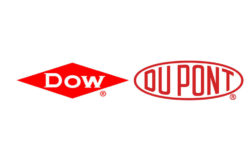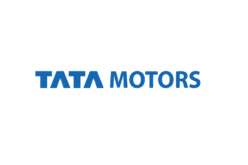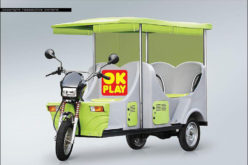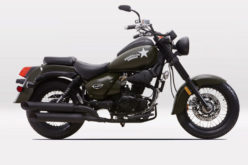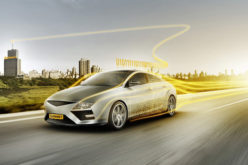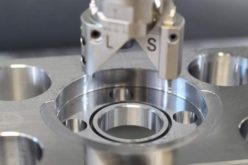Faster Adoption and Manufacturing of (Hybrid &) Electric Vehicles in India – Fame India
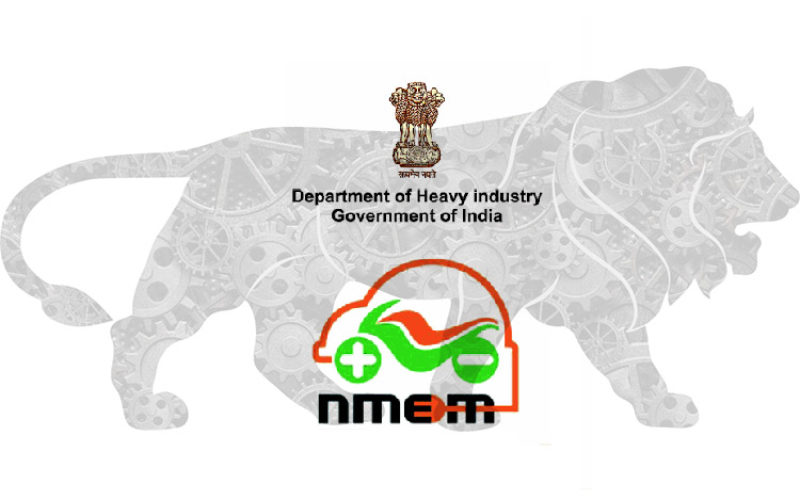
It is a Dire Necessity to Find Alternate Sources of Energy for Transport Which are Eco-Friendly Yet Cost-Effective
Union Minister of Heavy Industries and Public Enterprises Shri Anant Geete recently launched a scheme for Faster Adoption and Manufacturing of (Hybrid &) Electric Vehicles in India, better known as FAME India at an event held at the India Habitat Centre here in New Delhi for the stakeholders and the general public at large. The event was organized by The Department of Heavy Industry (DHI) of the Government of India, in association with the Society of Indian Automobile Manufacturers (SIAM). On this occasion Shri G.M.Siddheswara, Minister of State, Heavy Industries and Public Enterprises, Shri Rajan Katoch and Additional Secretary Heavy Industry, Shri Ambuj Sharma were also present.
Speaking on the occasion Shri Geete said in 2011, Union Cabinet approved the setting up of a National Mission on Electric Mobility (NMEM) under which two apex bodies were set up – National Council on Electric Mobility (NCEM) at the Ministerial level and the other – National Board on Electric Mobility (NBEM) at the Secretary level to formulate the road map for a new paradigm in road transportation centering around hybrid and electric vehicles. The Minister said Apart from the detailed field level study, including consumer survey conducted by a reputed global knowledge partner (M/s Booz & Co.) a number of meetings of NCEM and NBEM were held over the next 1 ½ years. Accordingly, Electric mobility was included as a prominent theme for DHI in the the 12th Plan Five Year Plan document under the caption “A Hiving competence in manufacturing of fuel efficient cars and electric vehicles including hybrid segment”. The 12th Five Year Plan also approved an outlay of ` 795 crore for the same.
Based on the road map prepared by the DHI, a National Electric Mobility Plan (NEMMP-2020) was released in January 2013 by the then Prime Minister. NEMMP 2020, drawing on various inputs received from all concerned stake holders including different Ministries, Planning Commission, Industry and Academia, laid down a aspirational target of 6-7 million hybrid and electric vehicles per year by 2020 provided commensurate incentives were extended by the Government for demand and supply creation, technology and R&D projects, creation of public charging infrastructure and pilot projects. The industry on its part is also expected to make substantial investments based on this long term vision plan.
Salient Features of FAME India scheme which are as under:
- Based on the NEMMP 2020 road map, a detailed scheme titled “FAME India” (Faster Adoption and Manufacture of Electric Vehicles in India) was drawn up by DHI and submitted for the approval of the Government. Based on the Ministry of Finance’s approval, FAME India scheme with an outlay of ` 795 crore under Plan Head has been launched for the initial two years – Phase I (2015-17).
Under the Budget 2015-16, an initial amount of ` 75 crore has been approved. It is expected that based on the successful implementation of the scheme and utilization of funds so far ear-marked, further funds would be released for the purpose.
This scheme would be covered throughout the country with the following four areas: - Cities under “Smart Cities” initiatives.
- Major metro agglomerations – Delhi NCR, Greater Mumbai, Kolkatta, Chennai, Bengaluri, Hyderabad, Ahmedabad.
- All State and other Urban Agglomerations/Cities with 1 million+population (as per 2011 census)
- Cities of the North Eastern States
- It will cover all vehicle segments i.e. two, three and four wheelers, cars, LCVs, Buses etc and all forms of hybrid (Mild/Strong/Plug-in) and pure electric vehicles.
- The demand incentive will be availed by buyers upfront at the point of purchase and the same shall be got reimbursed by the manufacturers from DHI, on a monthly basis. On Technology Platform the Minister said one of the prime focus area under the scheme is to develop indigenous technology and R&D capability to develop and manufacture the entire range of electric components and sub-systems necessary for hybrid and electric vehicles.
He said the Technology Advisory Group on Electric Mobility (TAG-EM) under the Co-chairmanship of Shri Ambuj Sharma, Additional Secretary, DHI and Prof. Jhunjhunwala of IIT Madras with senior members from the DST, Industry and Academia has been set up which is steering various initiatives in this field. The minister said Four Sub-Groups have been set up on vehicle system integration, motors and controllers and power electronics; batteries and battery management system and charging infrastructure. In each of these areas centres of excellence (COE) are being set up to provide the required thrust and short-term, outcome oriented results.
He said a number of R&D projects have already been initiated by DHI, for example – development of off-line and real-time simulators for Xevs systems, design development for light weight vehicles, technology for solid state lithium ion battery and COE for motors etc. He also informed that an amount of ` 30 crore is being released for the creation of necessary testing and homologation facilities at ARAI, Pune for testing these new generation EV, within the country.
On Pilot Projects the minister said in order to test and demonstrate the technical capability of hybrid and electric vehicles as well as market dynamics in real-time situation, a number of pilot projects are being launched in the coming months across India, jointly with the State Governments and Industry etc. DHI shall provide viability of funding, installation of charging points etc., for the successful implementation of such pilot projects.
- A few examples of pilot projects under consideration are :
- Running pure electric vehicles (7 seater) in the last 2 Kms at Taj Mahal (Agra)
- Pure Electric 2 wheeler vehicles for home delivery (Dominos, KFCs etc)
- Pure electric 3 wheelers/small 4 wheelers for fruit and vegetable distribution and garbage disposal etc.
- Electric cars for taxi fleets, corporate hire and rental scheme use etc.
- Last mile connectivity from metro stations.
- Hybrid and electric buses for public transport and creation of clean air islands for selected areas
On Public Charging Infra-structure the minister said to address issues of range anxiety amongst users of pure electric vehicles, a mix of slow and faster charging facilities needs to be created in different cities across India, on a scientific basis, taking into account population density of such vehicles and the local transportation pattern etc. Also ,India specific standards for both AC and DC chargers – slow and fast chargers are under formulation and will be finalized shortly. And, efforts are also being made to spur indigenous manufacturing of low cost, high quality chargers.



